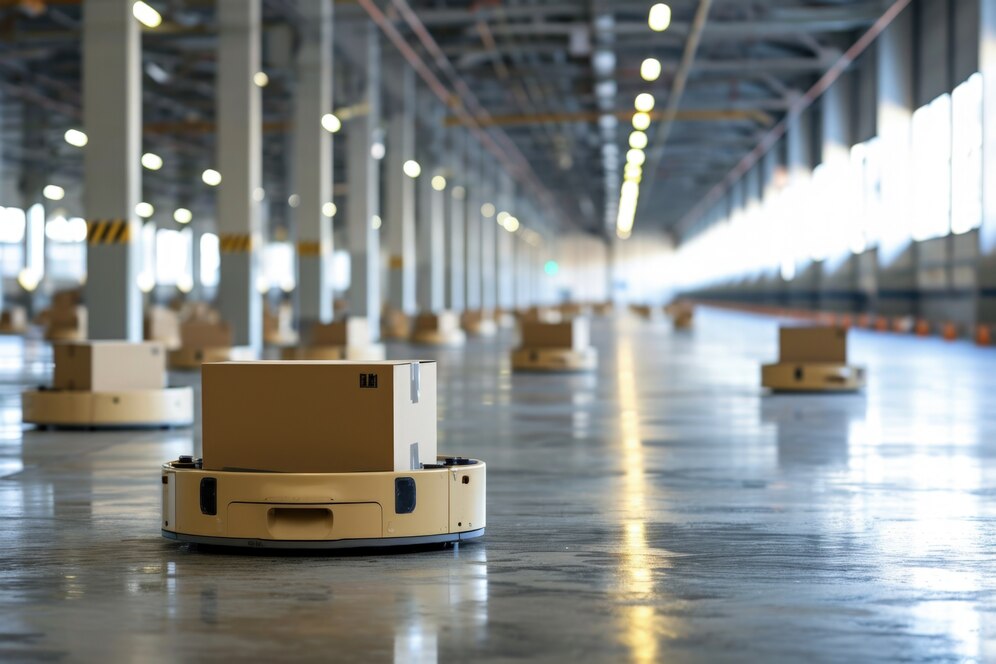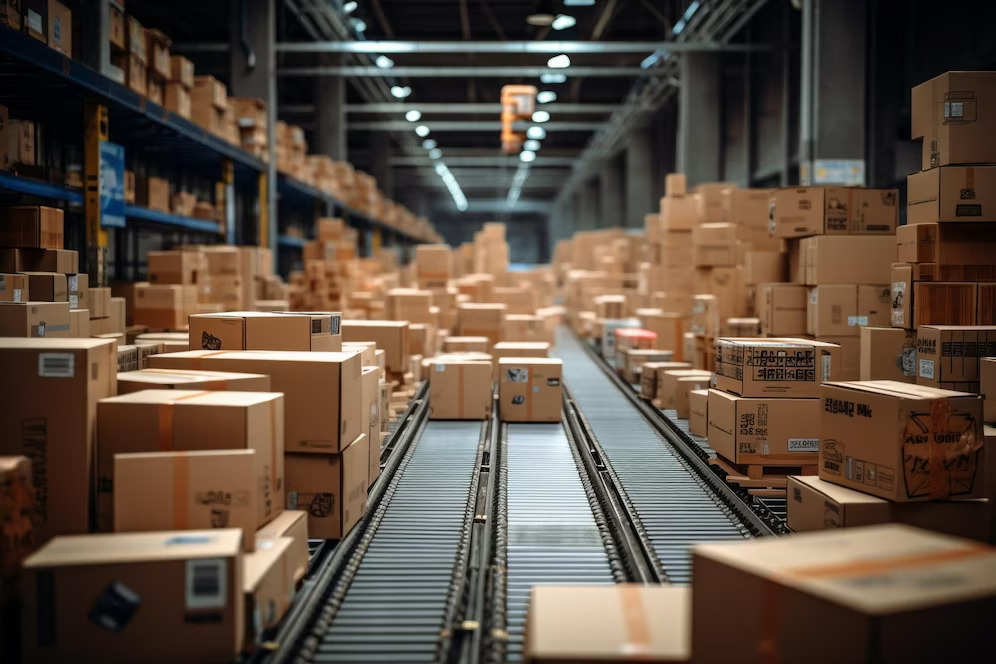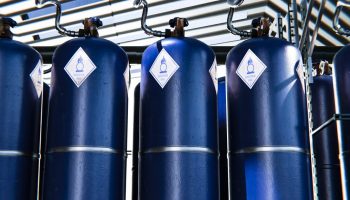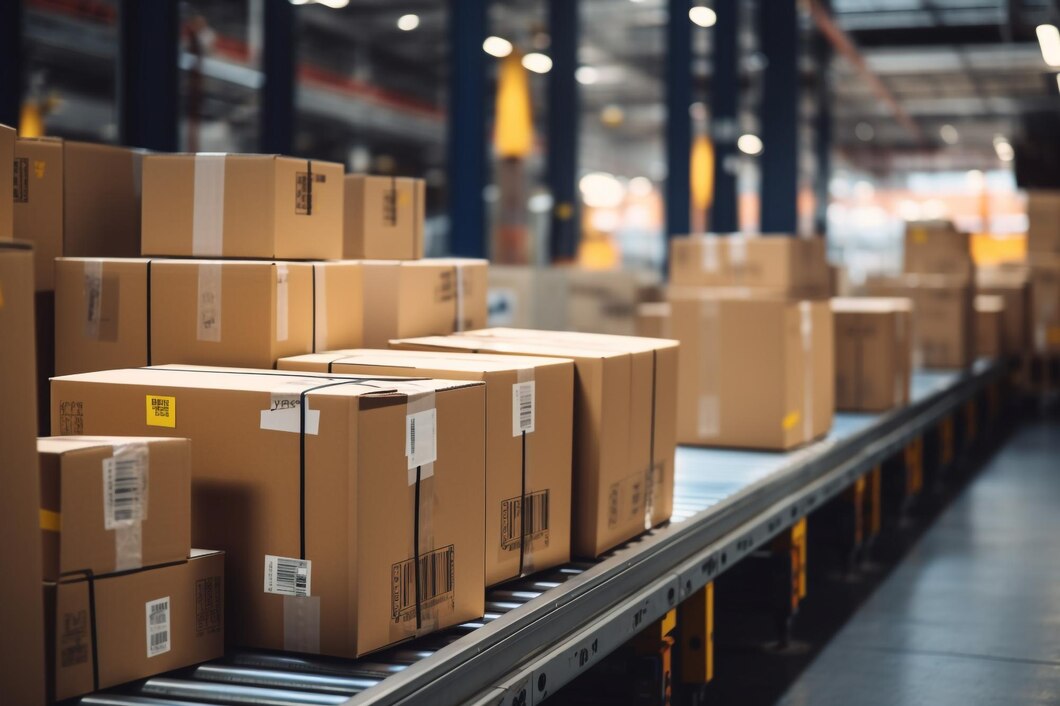In today’s dynamic business landscape, efficiency and optimization are integral to staying ahead of the competition.
One area that often gets overlooked is packaging—a crucial aspect of product delivery and customer satisfaction.
Automating your packaging processes can streamline operations, reduce costs, and improve overall efficiency.
Here Are Seven Advantages Of Automating Packaging
This article will explore the benefits of automating packaging and provide insights on how to simplify and optimize your business for success.
1. Enhancing Operational Efficiency

Manual packaging can be a time-consuming and labor-intensive task. Automated packaging systems like the horizontal form fill machine can significantly streamline your operations by combining multiple tasks into one seamless process.
These machines not only form the package but also fill it with the product and seal it, eliminating the need for separate stations and reducing the risk of bottlenecks.
This consolidation of tasks results in a more efficient workflow, allowing you to maximize productivity and meet surging customer demand without compromising quality.
Moreover, automated packaging systems can be programmed to operate at optimal speeds, ensuring consistent output and minimizing downtime.
This level of efficiency is nearly impossible to achieve with manual packaging processes, where human limitations and fatigue can hinder productivity and consistency.
2. Reducing Labor Costs
By automating your packaging processes, you can significantly reduce the need for manual labor, leading to substantial cost savings.
Automated systems require fewer personnel to operate and maintain, allowing you to reallocate your workforce to other critical areas of your business, such as quality control, customer service, or product development.
Additionally, automating repetitive and physically demanding packaging tasks can help mitigate the risk of workplace injuries, which can result in costly workers’ compensation claims and lost productivity.
Automated systems are designed with safety features and ergonomic considerations, ensuring a safer work environment for your employees.
3. Improving Product Quality And Consistency
Automated packaging systems are designed with precision in mind, ensuring consistent packaging quality across all your products.
These systems can be programmed to adhere to strict specifications, ensuring that each package meets your exacting standards for size, weight, and seal integrity.
Furthermore, automated systems can incorporate advanced quality control features, such as vision systems and checkweighers, to detect and reject any defective or non-conforming packages.
This level of quality control is difficult to achieve manually, where human error and inconsistencies can lead to subpar packaging and potential customer dissatisfaction.
4. Streamlining Inventory Management

By seamlessly integrating automated packaging systems with your inventory management software, you can gain real-time visibility into your packaging material and product stock levels.
This integration enables you to monitor and manage your inventory more effectively, minimizing the risk of overstocking or running out of essential supplies.
Moreover, these integrated systems facilitate a more dynamic inventory management approach by allowing adjustments in real-time based on actual demand and production schedules. By aligning your packaging supply chain more closely with production needs, your business can achieve a leaner, more responsive inventory system.
5. Enhancing Customer Satisfaction
In today’s competitive landscape, delivering a superior customer experience is critical. Automated packaging systems can be crucial in enhancing customer satisfaction by ensuring that orders are packaged securely and shipped promptly.
Automated systems can incorporate advanced features like tamper-evident seals, ensuring that your products arrive at their destination intact and untouched. Additionally, automated labeling and tracking features provide customers with real-time visibility into their orders, fostering transparency and building trust in your brand.
By streamlining your packaging processes and minimizing delays, you can ensure that orders are delivered on time, every time, meeting or exceeding your customers’ expectations.
6. Scalability And Future Growth
One of the key advantages of automated packaging systems is their inherent scalability. As your enterprise grows and your packaging needs evolve, these systems can be easily expanded or reconfigured to accommodate increased production volumes or new product lines.
Many automated packaging systems are modular in design, allowing you to add or remove components as needed without disrupting your entire operation. This flexibility ensures that your packaging processes can keep pace with your business growth, minimizing the need for costly overhauls or replacements.
Additionally, many automated systems are designed with future upgrades in mind, allowing you to incorporate new technologies or features as they become available, future-proofing your investment and ensuring long-term viability.
7. Data-Driven Decision Making
Automated packaging systems generate a wealth of data that can be leveraged to drive continuous improvement and optimization. By collecting and analyzing data on packaging processes, material usage, and performance metrics, you can gain valuable insights into areas for improvement and opportunities for cost savings.
For instance, analyzing the frequency and causes of machine downtimes can pinpoint specific machinery or procedural flaws. Addressing these issues may involve adjusting maintenance schedules or reconfiguring the packaging line for improved reliability and higher output.
This proactive approach to maintenance and operations management not only streamlines production but also extends equipment lifespan, contributing directly to the bottom line.
By embracing data-driven decision-making, you can ensure that your packaging operations are continuously evolving and adapting to changing market demands, enabling you to maintain a competitive edge.
8. Sustainability And Environmental Responsibility

As businesses become increasingly conscious of their environmental impact, automated packaging systems can play a significant role in promoting sustainability and environmental responsibility. These systems are designed to minimize waste by optimizing material usage and reducing the overall packaging footprint.
Additionally, many automated systems can accommodate eco-friendly packaging materials, such as biodegradable or recycled materials, allowing you to align your packaging processes with your sustainability goals.
By reducing waste and embracing environmentally conscious practices, you can contribute to a greener future and appeal to eco-conscious consumers who prioritize sustainable business practices.
Furthermore, automated systems often consume less energy than manual packaging processes, further reducing your environmental impact and potentially translating into cost savings over time.
Final Thoughts
Automation has transitioned from a luxury to a fundamental necessity. By integrating automation into your packaging operations, your enterprise can streamline workflows, enhance resource utilization, and secure a competitive advantage.
The benefits are clear and measurable: increased operational efficiency, reduced labor expenses, superior product quality, and elevated customer satisfaction.
Leverage this technology to propel your organization toward improved productivity and sustainable growth. Prioritize efficiency in your packaging processes to maintain a competitive edge and achieve success in the rapidly evolving marketplace.
Read Also:




























